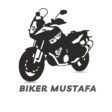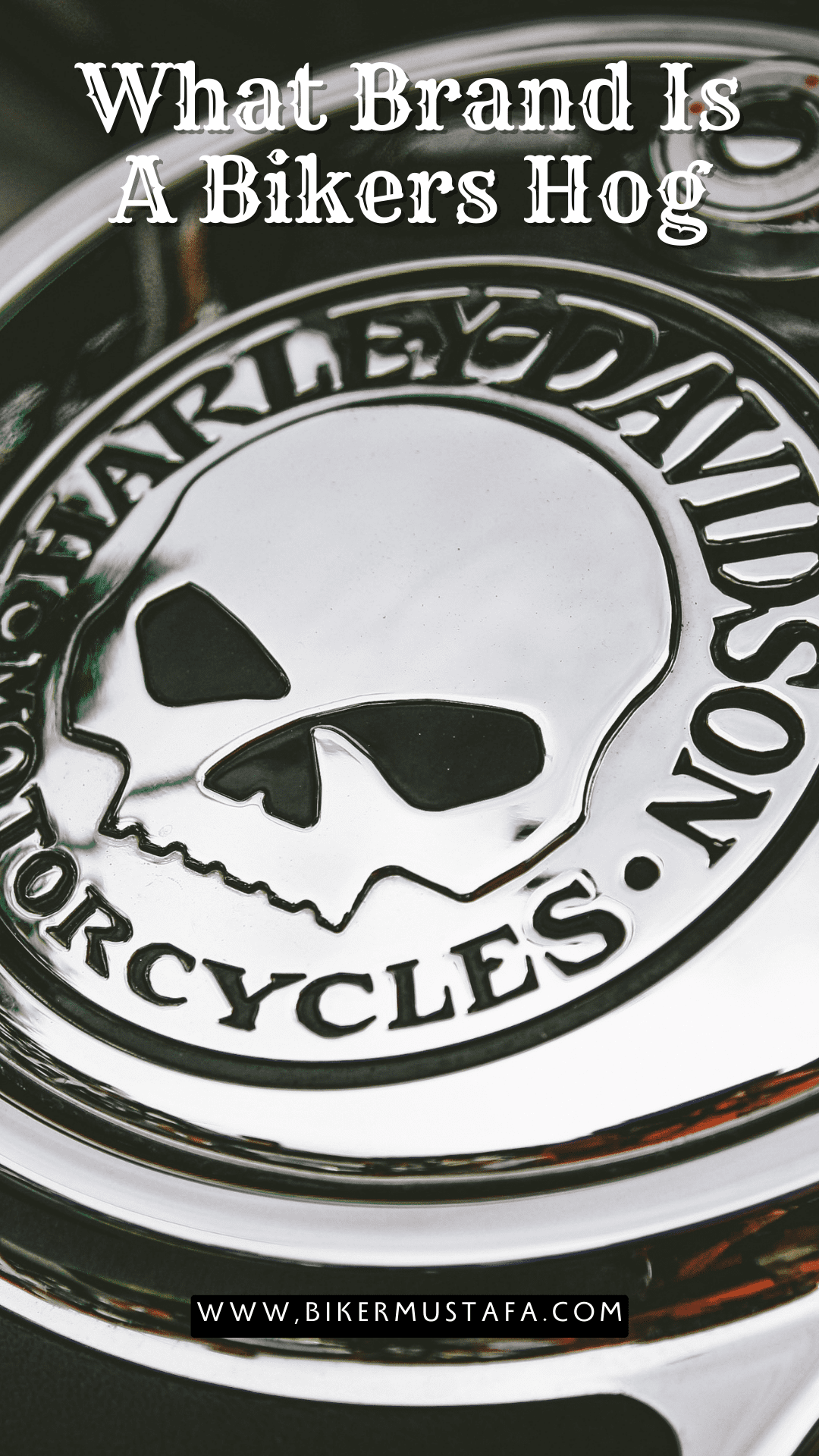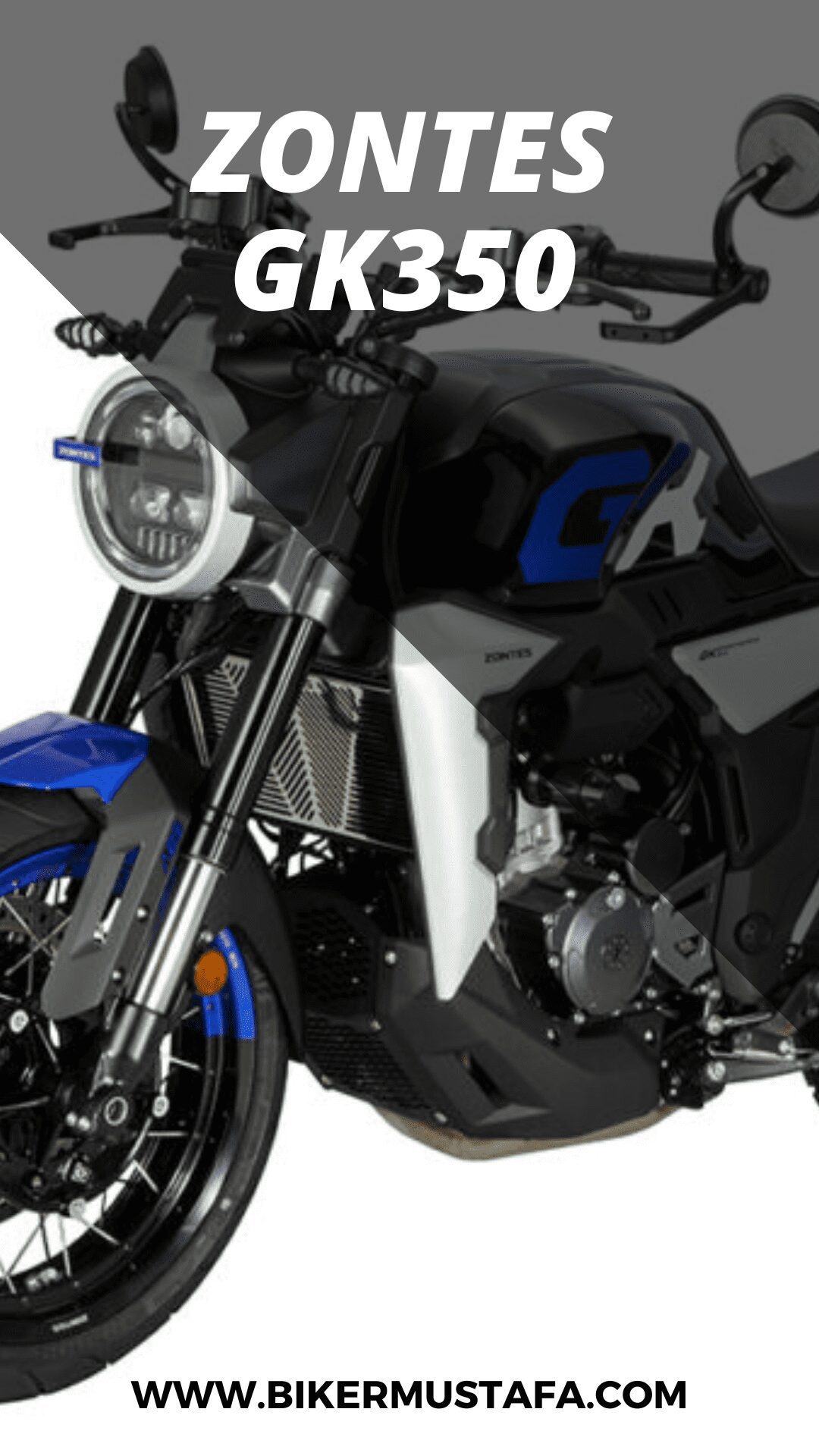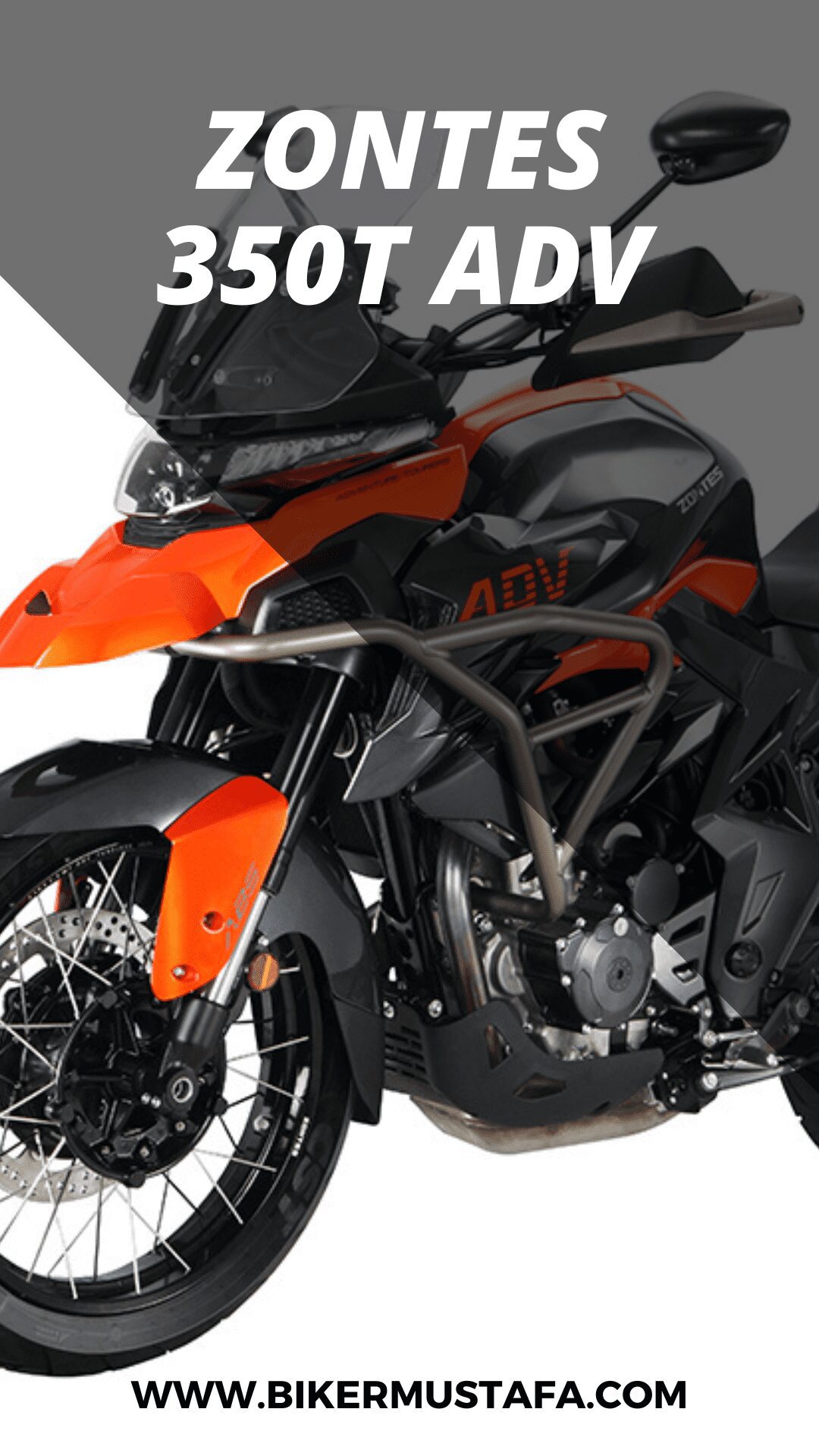What Brand Is A Bikers Hog

Why Do Motorcycles Occasionally Get Called “Hogs”?
Many people refer to Harley Davidson as the King of American manufacturing. Harley Davidson was founded in the good ol’ U.S.A in Milwaukee, Wisconsin. In addition to creating a superior product, they survived the Great Depression and two wars to achieve this accolade. Did you ever wonder why these fantastic examples of “Made in America” craftsmanship were given the moniker “Hog” because they were strong, persistent, and resilient? Some people might infer that the reason they are called “hog motorcycles” has to do with the audible rumble coming from their exhaust. Some people could speculate that it has to do with the size and weight of the Harley itself, or maybe it has something to do with the harsh reputation their riders have built for themselves. But these and other presumptions are false. If you’re interested in learning the answer, keep reading; we’ll explain how that happened.
Destroying Crew
Before we continue, it’s important to note that only Harley Davidson motorbikes can legitimately be called “hogs,” even though many ignorant people frequently refer to any bike in this way. During World War I, Harley’s earned their moniker on the racetrack. Before World War I, motorcycle racing was a brand-new sport with a rapidly expanding fan base. During this time, the Harley Davidson factory racing team owned the circuits. Because of the dominance of their racing squad, they were known as “The Wrecking Crew.” Even the Indians, their primary sports rivals, could not compete with them.
Auto racing and all other forms of competition were banned once the United States entered the First World War. To provide the U.S. military with enough motorcycles for its soldiers during this time, all motorcycle manufacturers were forced to suspend production for the civilian market. The Wrecking Crew had to return to the tracks when the war ended. Despite how incredible the Wrecking Crew was, Ray Weishaar alone is responsible for the term “hog” being given to them.
Weishaar Ray
A champion in Class A motorcycle racing, Ray Weishaar. On September 9, 1890, he was born in Oklahoma to a low-income family. He accepted any job he could find to support his family. Ray saved up enough money to buy his motorbike when they first became popular to go more quickly. This choice launched his career in racing and put him in contact with Harley Davidson. Ray, also known as the “Kansas Cyclone,” quickly established a strong reputation as one of the top motorcycle racers in the United States. He joined the Wrecking Crew, Harley Davidson’s official racing squad, in 1916.
The tracks on which they raced belonged to the Wrecking Crew, as you might assume. Their fans rose to their feet as they continued to win. Ray Weishaar decided one day to purchase Johnny, a pet pig, from a nearby farmer. The petite guy was so cute that he quickly gained the team’s affection and was named their official mascot. When the Wrecking Crew won, Ray would put Little Johnny on the top of his tank and drive him around for one last victory lap. The tale started because their supporters ate it up, as you might expect.
Sports reporters from near and far were soon interested in this direct interaction with Johnny. As a result, these authors started to call the Harley Wrecking Crew “Harley Hogs.” In little time, the term “hog” had become popular among the general public and racing enthusiasts, and it was applied to all Harley-Davidson models. In case you’re interested, there are a few pictures of Ray and Johnny riding the tank, but the most well-known one is of Ray offering Johnny a cool drink of Coca-Cola as a reward for a job well done.
Hog is Not a Harley Davidson Trademark.
You might be surprised to learn that Harley Davidson does not have a trademark on the phrase “Hog” or “hog motorcycle.” In fact, “Hog” is regarded as general in “The The misunderstanding is that Harley Davidson will sue anyone who names a huge customised bike a “hog.” The source mentioned above claims that although the Wrecking Crew of the 1920s started the trend, people have been referring to huge bikes as hogs since roughly 1935. The phrase is still most commonly associated with the legendary Harley among motorcycle fans worldwide.
Other Hog Affiliations with Harley-Davidson
Harley Davidson went a little further when the word “hog” started to be associated with their product. The Harley’s Owners Group is the moniker given to their official riders group. H.O.G. H.O.G., founded in 1983, offers Harley owners a variety of advantages, including roadside support, regional chapters, and exclusive events. Last but not least, if you’re looking for information about Harley Davidson’s listing on the New York Stock Exchange, you should know that they use the ticker H.O.G.
Not to be outdone, the Harley Davidson Marketing department produced numerous advertisements and accessories based on Johnny. These products ranged from charming plush pigs dressed in cycling gear to creatively made belt buckles. Posters, piggy banks, t-shirts, and even pet goods were produced, all of which contributed to the finalization of the association between Harley Davidson and the term “hog.”
What Brand Is A Bikers Hog
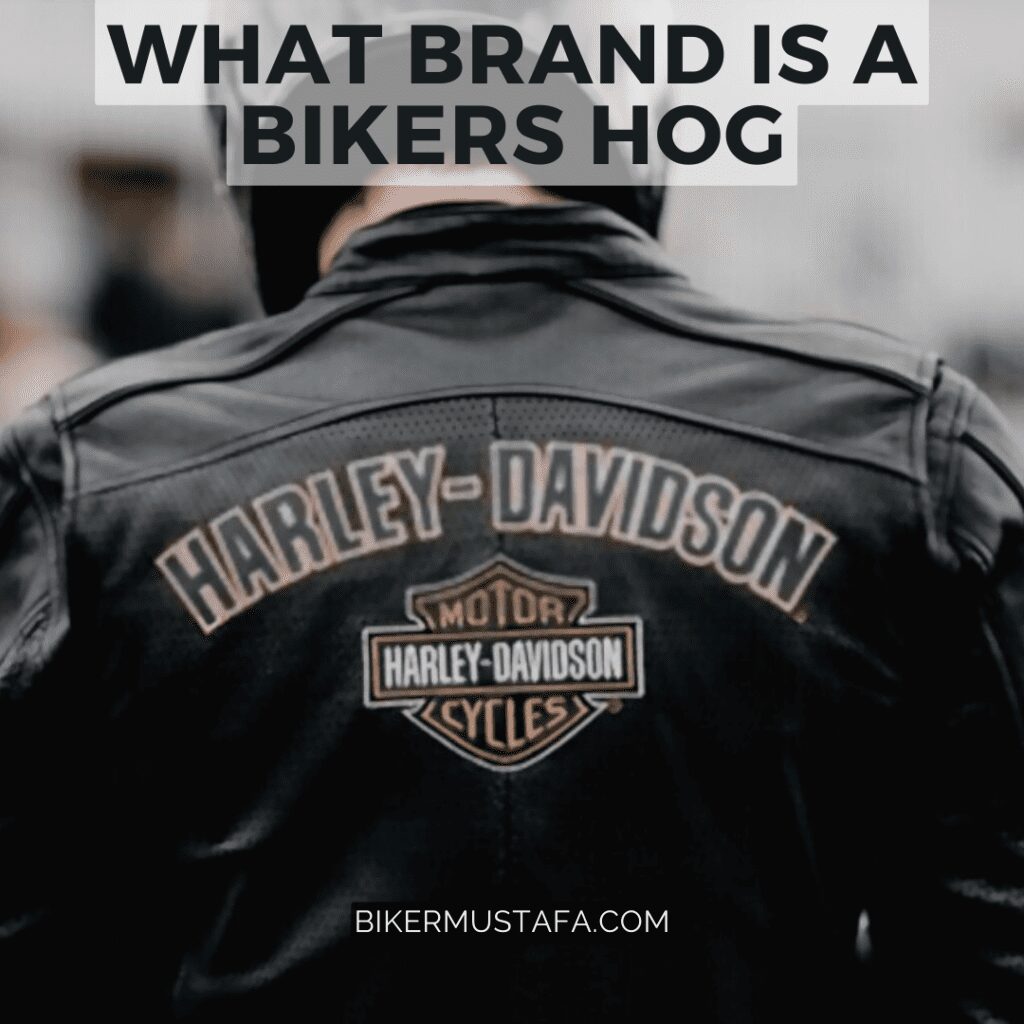
Harley-Davidson Inc. (NYSE: HOG) is an American icon woven into this great nation’s cultural fabric, much like apple pie and bald eagles. Freedom and the rebellious lifestyle are closely associated with the brand. It is the real-life manifestation of the American ideal.
Everyone is familiar with the Harley V-Twin engine’s low growl. A deep, almost rhythmic pulse seems like an irregular heartbeat and affects your spirit. Moreover, as the light turns green, the engine screams to life.
Even if you have never ridden a Harley-Davidson motorcycle, you can feel like a club member by donning a t-shirt or another item from the extensive collection of clothing bearing the Harley logo. Tough. Edgy. Non-conformist. a genuine brand of a rebel.
When you were in high school or your early adult years, you might have daydreamed about riding a Harley or wondered how wonderful it would be to see someone riding beside your car on the highway. Over the years, Harley-Davidson has done a fantastic job of selling the American dream of freedom. They’ve been doing it successfully for 120 years, after all.
The COVID pandemic and the most recent market correction were not enough to damage the company’s share price. The current share price provides a decent entry opportunity for possibly adding a few shares to your portfolio since it is currently at appealing levels.
The critical question is whether Harley-stock Davidson’s price will rise further and ultimately result in profitable shareholder investments over the coming months and years.
An American Icon Is Born
In a modest Milwaukee, Wisconsin garage, two young men in their early 20s began work on a gas-powered bike in 1901. The guys generated their first “power bike” effectively two years after realizing their idea. It was the year 1903. In the future, William S. Harley and his friend Arthur Davidson would improve their ideas and form one of the most renowned American motorcycle manufacturers.
The business has undoubtedly experienced its share of ups and downs. Sometimes it seemed as though the business would undoubtedly fail to shock everyone and return more potent and better than before.
Their bikes served as the Army’s workhorses through two World Wars and the Korean War. They were also the preferred motorbike for North American police enforcement.
In the early years of the business, pictures of men in sharp suits courting affluent women with parasols were used to sell the bikes as respectable and sophisticated.
By the early 1960s, the company was looking to set itself apart from the influx and, let’s face it, the fierce competition of Japanese-made motorcycles, which Harley devotees would often call “metrics.”
Honda, in particular, entered the market and promoted a neat rider image with the tagline, “You meet the nicest people on a Honda.” The marketing initiative was a resounding success and signaled a decline in domestic Harley-Davidson motorcycle sales.
From then on, Honda’s clean-cut “squares” were no longer represented in Harley marketing. Davidson’s The corporation branded its goods as anti-social, masculine, and working class in America. It accepted and supported the custom Harley counterculture subculture, which helped to develop the “bad boy” perception of bikers and motorcycle organizations.
In the late 1960s and early 1970s, the feared Hell’s Angels motorcycle gang roared through the streets on their “choppers & huge noisy bikes,” quickly becoming synonymous with the Harley-Davidson motorcycle.
When I was a small child, I vividly recall sitting in the family car on a highway and witnessing a group of bearded, bulky. Somewhat intimidating-appearing men speed past us on their motorbikes while the exhaust roared. I feared the worst!
They weren’t kidding around, and at this time, Harley-Davidson motorcycles became associated with the biker subculture’s subversive or “bad boy” aspect. This persona supported future sales throughout time.
However, a lot has changed at Harley-Davidson over the past few decades, including the organization’s corporate culture. Insiders and the board of directors drove the second phase of Harley-Davidson to advertise and sell to a larger audience and enhance product quality. These adjustments allowed the business to expand into a much larger production builder of the premium motorcycles that Harley sells today.
The early Harley marketing campaigns from the 1960s and 1970s were significant. It gave the corporation fresh vitality and set the brand apart from its rivals, carrying it into the modern era. More significantly, Harley-Davidson solidified its status as uniquely American. Today, what I refer to as “weekend warriors” have appropriated the brand.
Many white-collar professionals in this category of motorcycle fans who adore riding are drawn to the Harley brand because of what it has come to stand for: rebellion, independence, counterculture, and macho raw strength.
Promoting the brand’s future
2020 saw Harley install a new, dynamic CEO who undoubtedly personifies the brand.
Harley-CEO Davidson and chairman of the board, Jochen Zeitz, have already implemented several sound adjustments expected to sustain the Harley brand well into the coming decade and beyond. It’s worth watching this video of CEO Zeitz discussing the company’s future and his 2021–2025 plan.
His aesthetic fits perfectly with the bad boy image that the Harley brand is known for. Not the average corporate CEO with a clean-shaven appearance that one could see at some of the other motorcycle manufacturers. Zeitz brought a strong resume of achievements and business triumphs to his position as CEO of Harley. To his credit, throughout his 18 years as CEO, he played a crucial role in preserving the Puma sportswear brand, which was on the verge of extinction.
German-born Jochen Zeitz is the first non-American CEO in Harley’s history. He seems to be the ideal choice to take the Harley brand forward.
His extensive commitment to supporting sustainability and working with socially and environmentally concerned companies caught my attention. His five-year plan for the business, which is starting to shift into electric bikes, considers this past. But we’ll get to that later.
3 Strategies to Protect Harley’s Future
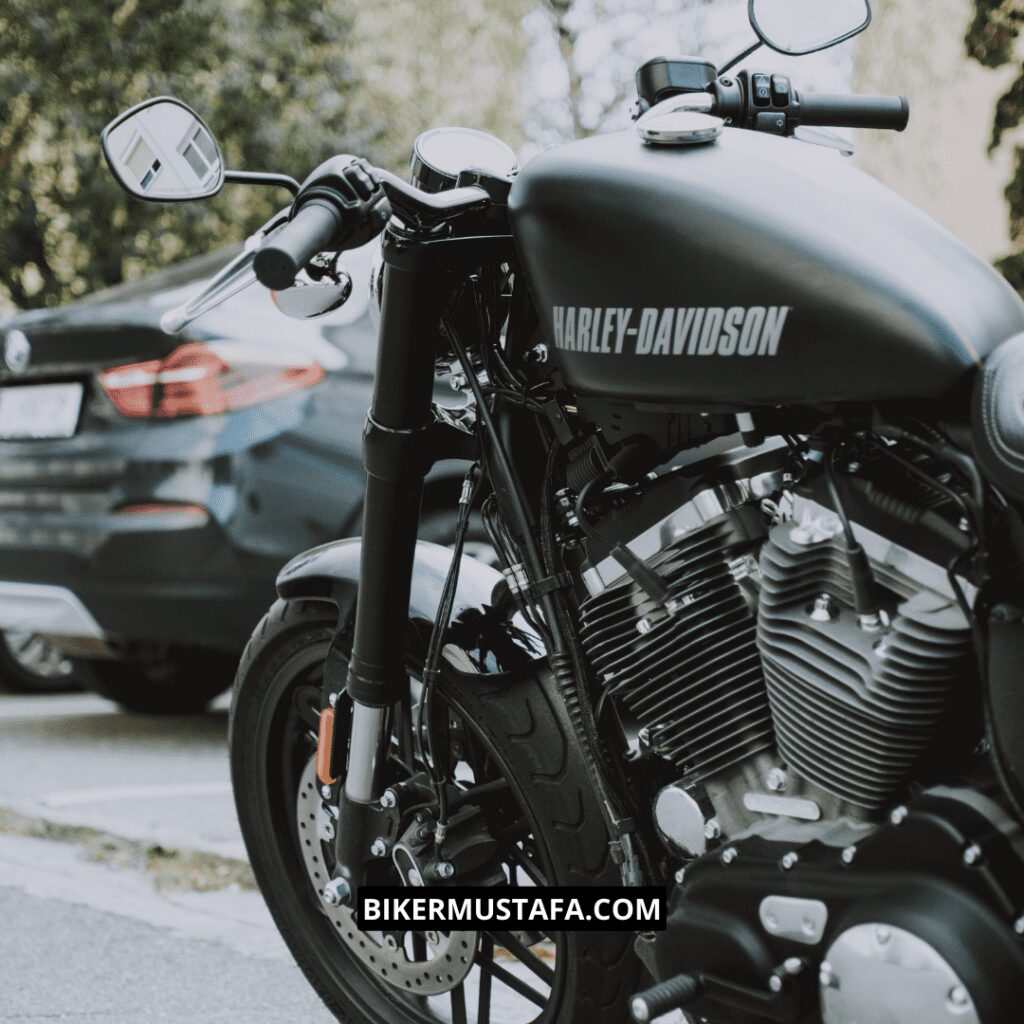
Rewire, Hardwire, and Livewire are three of the corporate strategies outlined by Zietz that are now being carried out. The company’s three-pronged plan is to streamline operations, increase revenue from the company’s core operations, and establish the company as a global leader for electric motorcycles.
The Zeitz Rewire plan, which was a “major reorganization of its business,” has already been carried out.
The plan called for cutting 700 positions throughout the entire company, or 14% of Harley’s total workforce. The plan also included:
- A 30% reduction in the model lineup.
- A withdrawal from underperforming markets.
- An emphasis on eradicating manufacturing inefficiencies.
Harley bragged that the Rewire strategy had put the business back on a solid footing and had made it ready for further expansion.
Harley claims that Rewire was successful in:
- A new operational model and organizational structure across every function to promote simplicity, agility, and efficiency; reducing complexity and accelerating speed
- Reset its global operations, reallocate resources, and give priority to the markets with the most promise
- By firmly committing to the newly established business divisions for Parts & Accessories and General Merchandise, the company is extending its business emphasis beyond bikes.
- It should streamline its product line and revamp its go-to-market strategies for the most significant impact.
- By modifying its supply and inventory management strategy and emphasizing building a solid and successful dealer network, the company hopes to increase and safeguard the value and desirability of its products.
- Implementing Rewire measures are anticipated to result in continuous gross cash savings of about $115 million.
“I do not doubt that the significant adjustments we made with The Rewire have prepared us to implement our strategic strategy successfully. We are making decisions more quickly and are currently a leaner, more cohesive group. We are prepared to carry out our strategic plan, The Hardwire, and continue our H-D #1 cultural journey to become a high-performing firm since the proper structure, leadership, and principles are in place.
– Jochen Zeitz, the company’s CEO
After completing the Rewire plan, Harley is working on the Hardwire, a five-year business plan for 2021–2025.
Among the Hardwire plan’s objectives are:
- Mid-single-digit annual revenue growth
- A consistent increase in operating margin from sales of motorcycles
- Harley-Davidson Financial Services has experienced double-digit growth (HDFS)
- Yearly capital expenditures between $190 and $250 million
- Enhancing the digital ecosystem for Harley-Davidson
- Establishing the new division for electric vehicles
- Aiming for earnings-per-share growth in the low double digits
There are six main priorities in the Hardwire plan:
- Investing in the most lucrative divisions of Harley-Davidson
- Growth into new segments with care
- Leading in e-commerce
- Expansion of non-motorcycle enterprises, such as general goods
- Connecting with clients
- Inclusive stakeholder management
According to Zeitz, the company will concentrate on its core segments 70% of the time, new segments 20% of the time, and other opportunities 10% of the time, such as small-displacement models.
The new CEO’s decision has received some criticism. Still, it is a sound business strategy because the company has proven to be very profitable in its core Internal Combustion Engine (ICE) motorcycle segment, which includes classic high-end cruisers, mid-level bar hoppers, and fully dressed tourers, and trikes. This enables the organization to have a solid core business that might start to finance the development of new sectors.
The Rewire and current Hardwire initiatives have already demonstrated to be incredibly successful for the corporation.
In the fourth quarter of 2021, earnings increased +133% from the previous year. To $1.02 billion, revenues increased by 40%. Harley is not content with that either. It is currently looking toward the future.
Harley’s Turning Toward the Market for Electric Motorcycles
In 2019, Harley-Davidson unveiled its first electric motorcycle. Around the same time, the business acquired the StaCyc line of electric children’s bikes.
LiveWire is a sub-brand Harley created for all its electrically powered products (including the StaCyc brand). As a result, the corporation had complete authority over EV development.
The company has consistently grown its electric bike sales since its establishment, with kids’ electric balance bikes accounting for more than half of total sales.
According to the business, Harley’s LiveWire electric motorcycle was the best-selling electric motorcycle in the US in 2021.
The Livewire motorcycle is a stunning example of Harley-design Davidson’s mechanical prowess. It seamlessly incorporates the aesthetics of motorcycles with internal combustion engines into an electric model. The aesthetic references its origins while being elegant but not overly futuristic.
It is hardly surprising that Zeitz fully supports the electrification of the Harley brand, given his long-standing support for environmentally friendly corporate methods and projects.
While combustion motorcycles will still form the backbone of Zeitz’s company, he continues, “our electric motorcycles are essential to our long-term success.” We have a strong commitment to and passion for being the industry leaders in electric motorcycles.
The AEA-Bridges Impact Corp.-sponsored LiveWire or electric business is now in the process of being spun out. It plans to go public via a SPAC (Special Purpose Acquisition Company) sometime in 2022. (ABIC).
In the agreement, KYMCO USA is also a partner.
Harley will continue to own a 74% stake in LiveWire, maintaining its company ownership.
Both Harley-Davidson and KYMCO contributed a $100 million investment apiece. At closure, the post-money equity value of the combination is anticipated to be $2.31 billion, with a value of roughly $1.77 billion. The deal should close in 2022.
As chairman of the board and acting CEO for up to two years, Zeitz will assist in directing the new publicly traded firm.
After the deal is completed, LiveWire will become the first electric motorcycle firm in the US to trade on the New York Stock Exchange (NYSE) with the ticker LVW.
This is a significant move for Harley and may position them to take the lead in the market for electric motorcycles.
I have a whole hog crush.
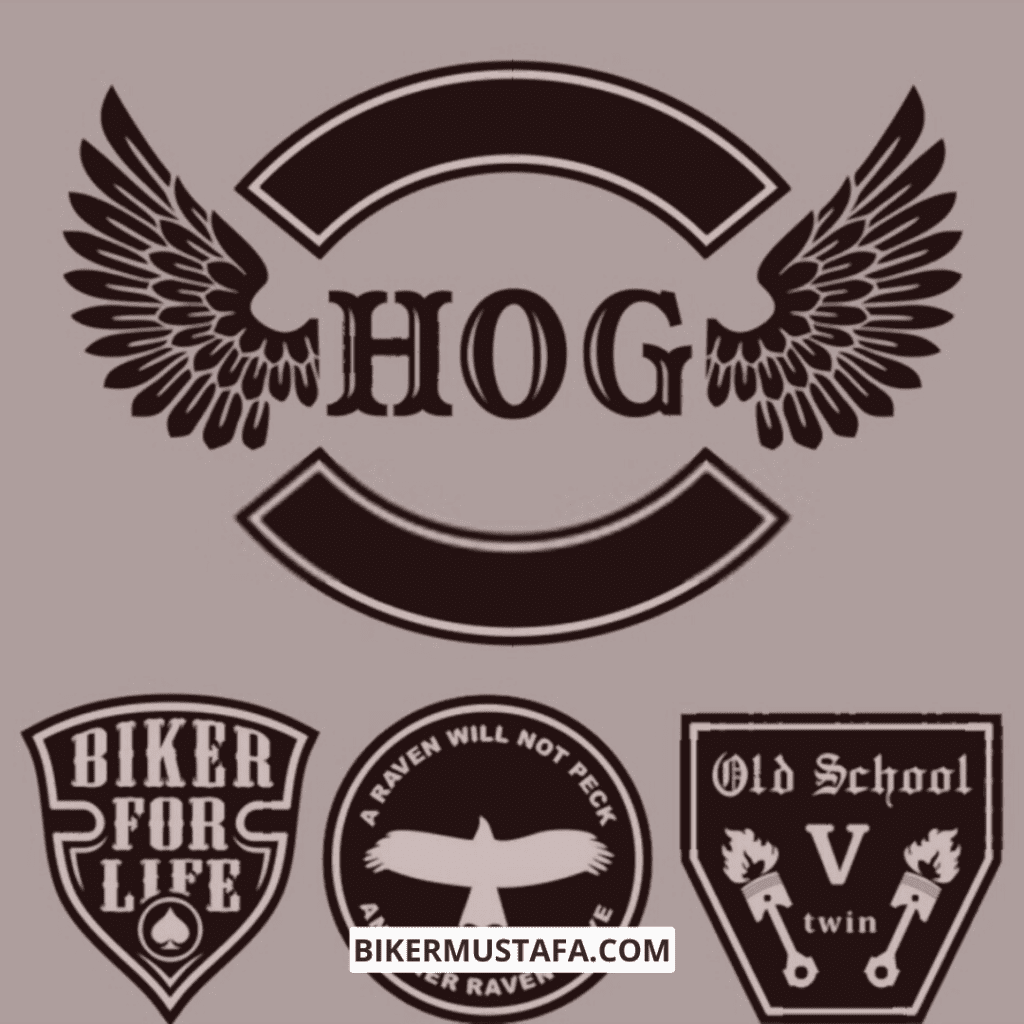
I have to admit that the company has won me over after conducting my homework.
The new CEO joins Harley as a seasoned executive with a mastery of marketing. He perfectly represents and carries the brand, in my opinion.
The company’s bottom line is already benefiting from its business model. Additionally, as a step toward EV motorcycles, his goal to better support and boost sales of Harley’s core gasoline (ICE) model lineup makes perfect sense. The company’s efforts to produce electric motorcycles, which are seen as the future of personal transportation, will be aided by sales of gasoline-powered motorcycles.
The company’s share price has entered what I refer to as the value zone as a result of the most recent market slump. All analysts predict that the share price will be at the mid-$40 level this year, which might give investors a good boost to their portfolios.
The satisfaction of owning a piece of American history is another factor. A great American icon, Harley-Davidson (NYSE: HOG) plans to continue operating well into the future. I believe the corporation, headed by CEO Jochen Zeitz, is operating at full throttle, much like the loud sound of a Harley-Davidson motorcycle. The capital markets’ ever-increasing investor interest could boost HOG’s stock price by giving it more steam.
People Also Ask:
What does H.O.G. stand for with Harley-Davidson?
HOG stands for Harley Owners Group, where Harley-Davidson owners worldwide come together to celebrate their love of riding. HOG.
What are Harley-Davidson bikers called?
HOG Membership grants you access to various exclusive incentives designed to help you make the most of your ownership experience. Harley riders typically share some traits, according to HOG.
What is a H.O.G. motorbike?
The nickname “Harley Hogs” evolved into “hogs” over time and became a famous slang term for the renowned Harley Davidson motorcycle. The Motor Company sought to capitalize on this long-standing term in 1983, and they transformed it into an abbreviation for their group, the Harley Owners Group.
H.O.G. bike price
The lowest Harley-Davidson pricing in India is for Harley-Davidson Street, which costs between INR 5.14 and 6.14 lakhs. The Harley-Davidson CVO Limited is India’s most expensive Harley-Davidson motorcycle, costing INR 53.49 lakhs.
Hog membership cost India
- Associate Member | RS. 2500 Per Annum|
- Full Member | RS. 5000 Per Annum|
